Cuando Entras Y Sales

Cuando Entras y Sales. Ph Sofía Toscano
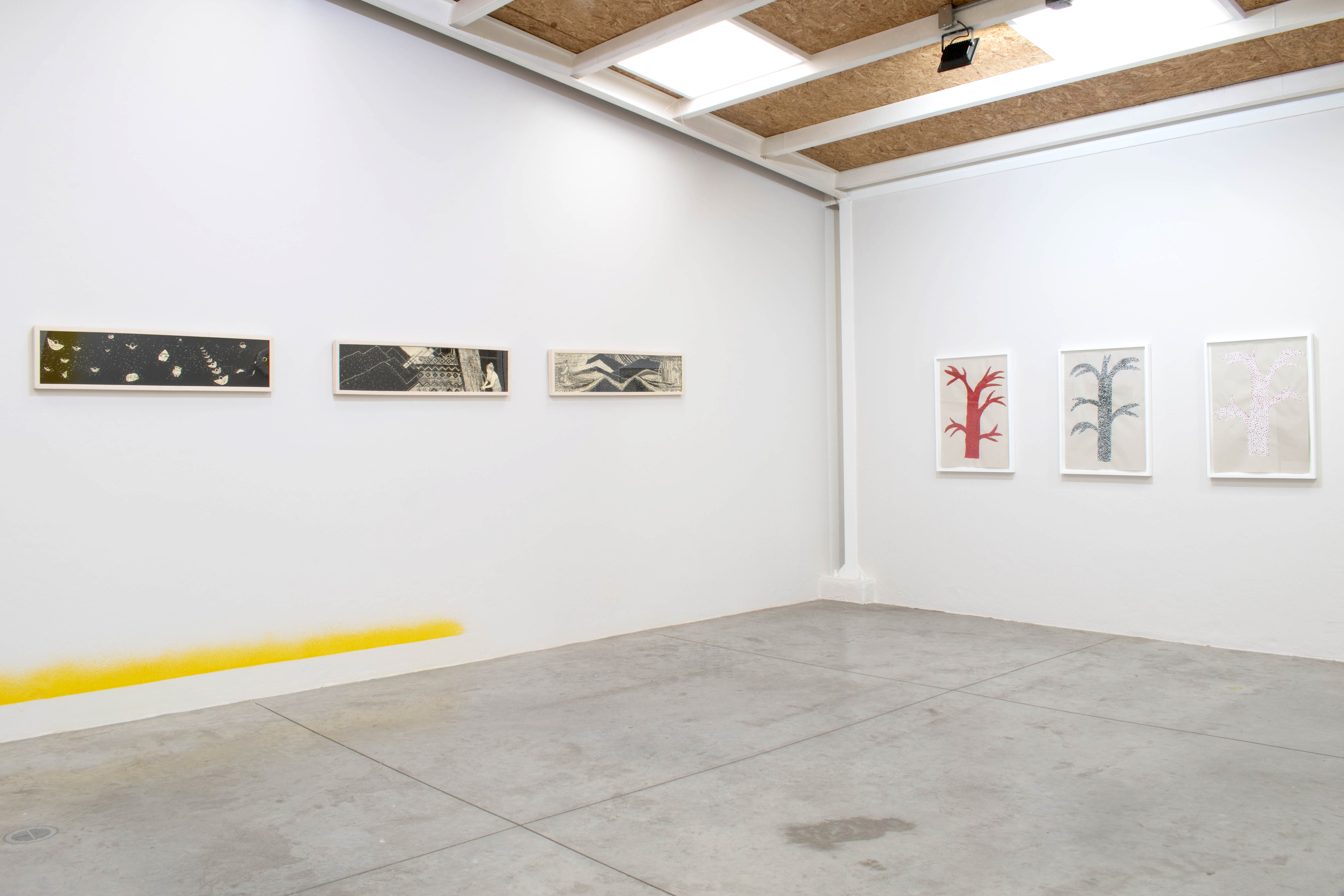
Cuando Entras y Sales. Ph Sofía Toscano
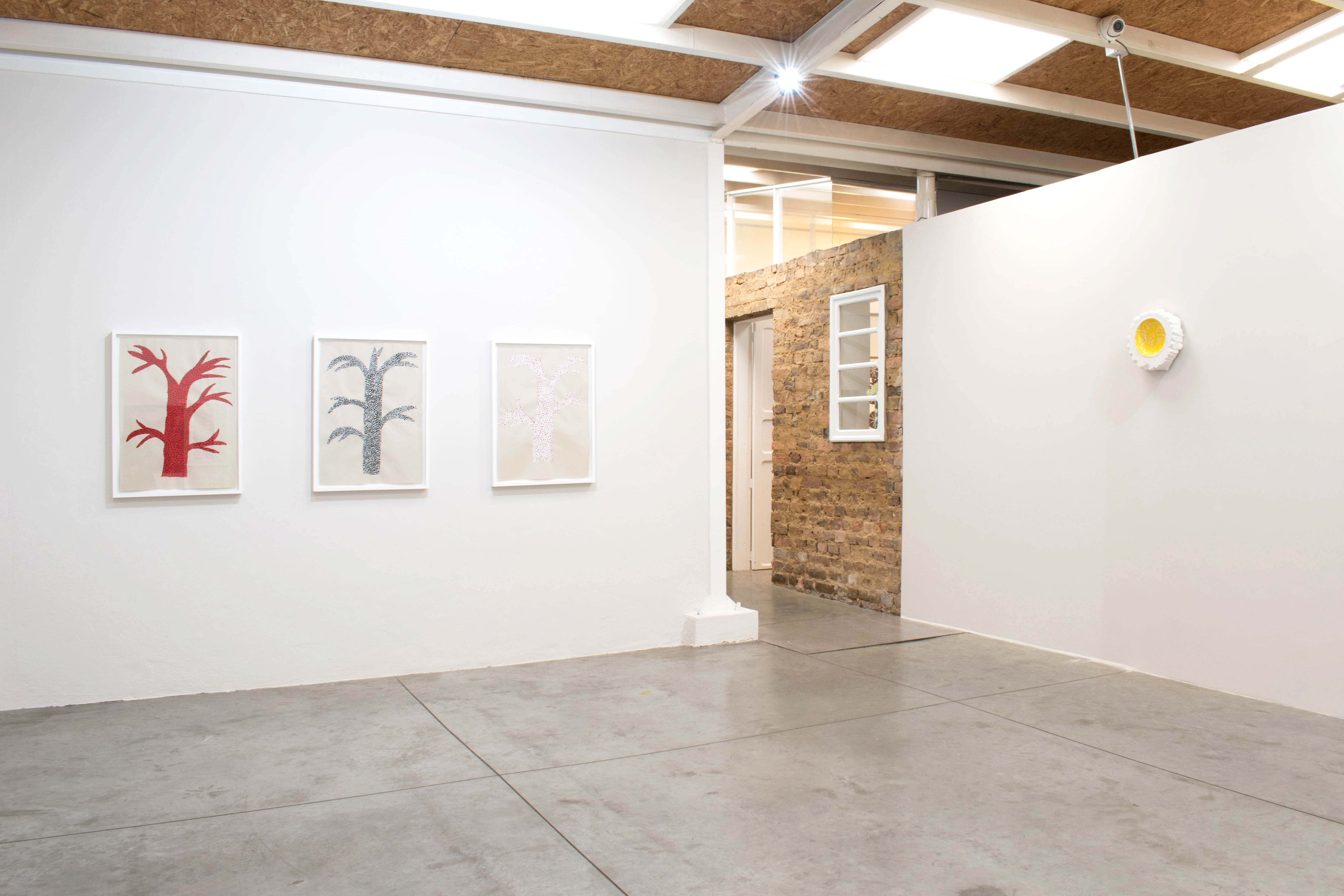
Cuando Entras y Sales. Ph Sofía Toscano

Cuando Entras y Sales. Ph Sofía Toscano

Cuando Entras y Sales. Ph Sofía Toscano
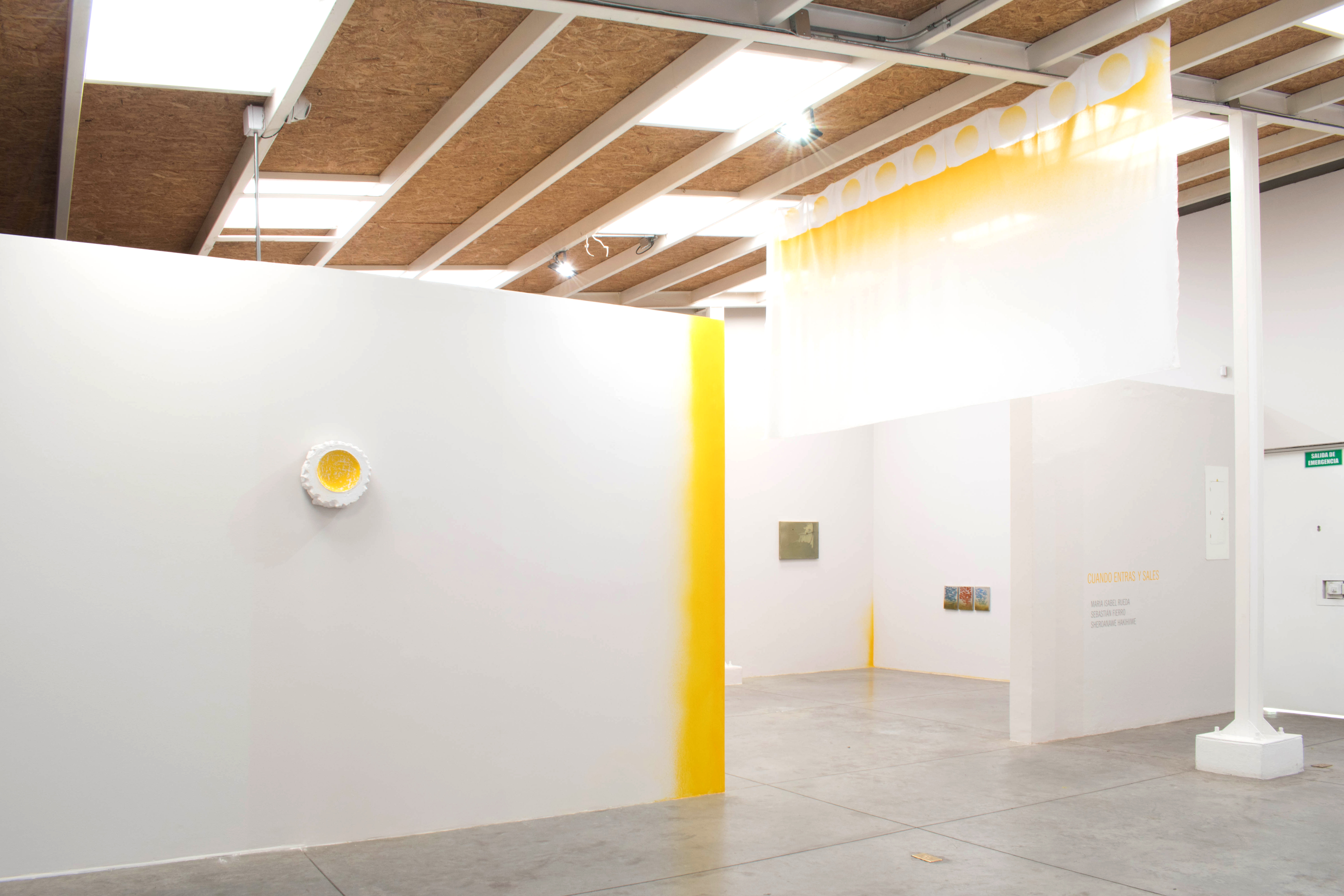
Cuando Entras y Sales. Ph Sofía Toscano
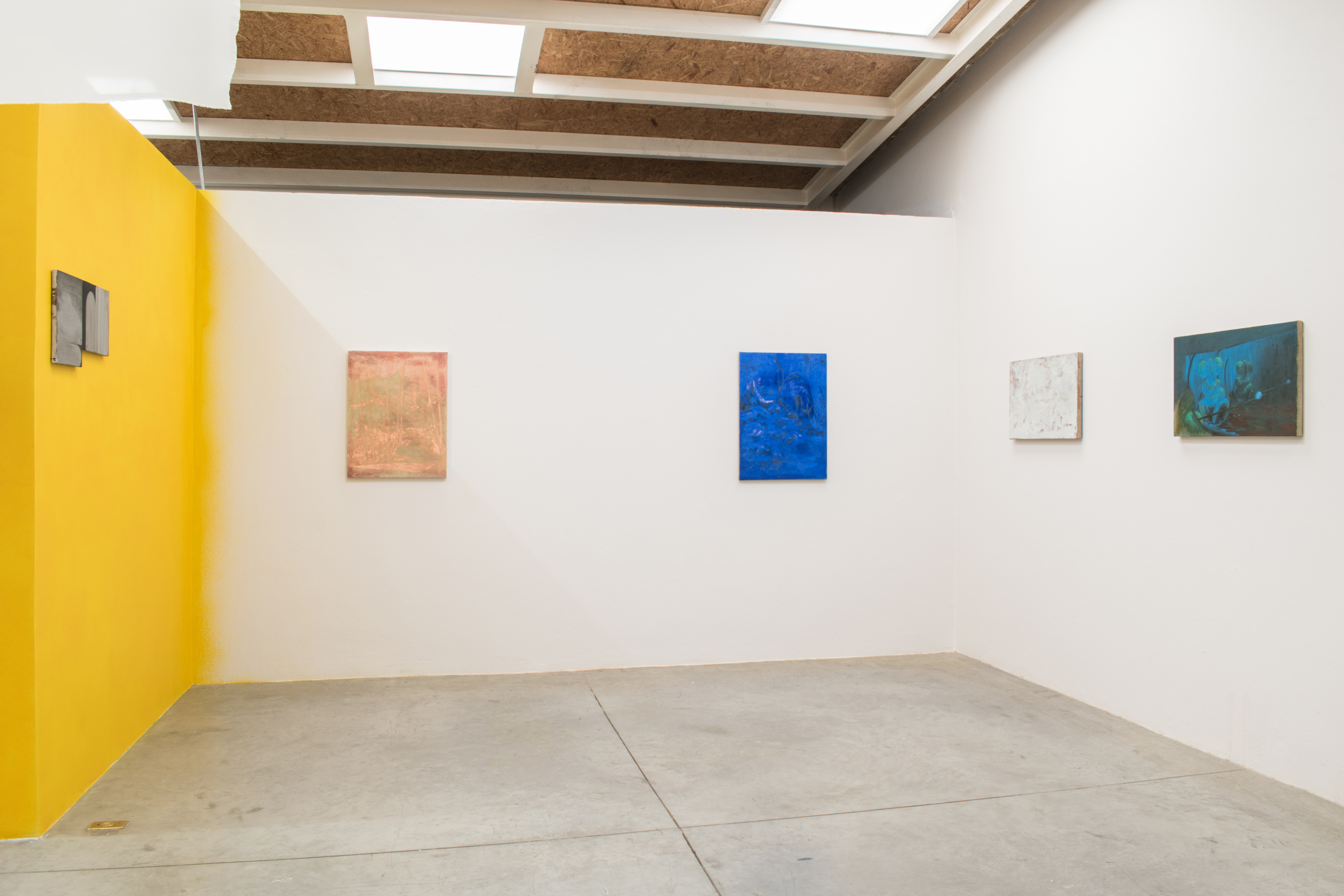
Cuando Entras y Sales. Ph Sofía Toscano
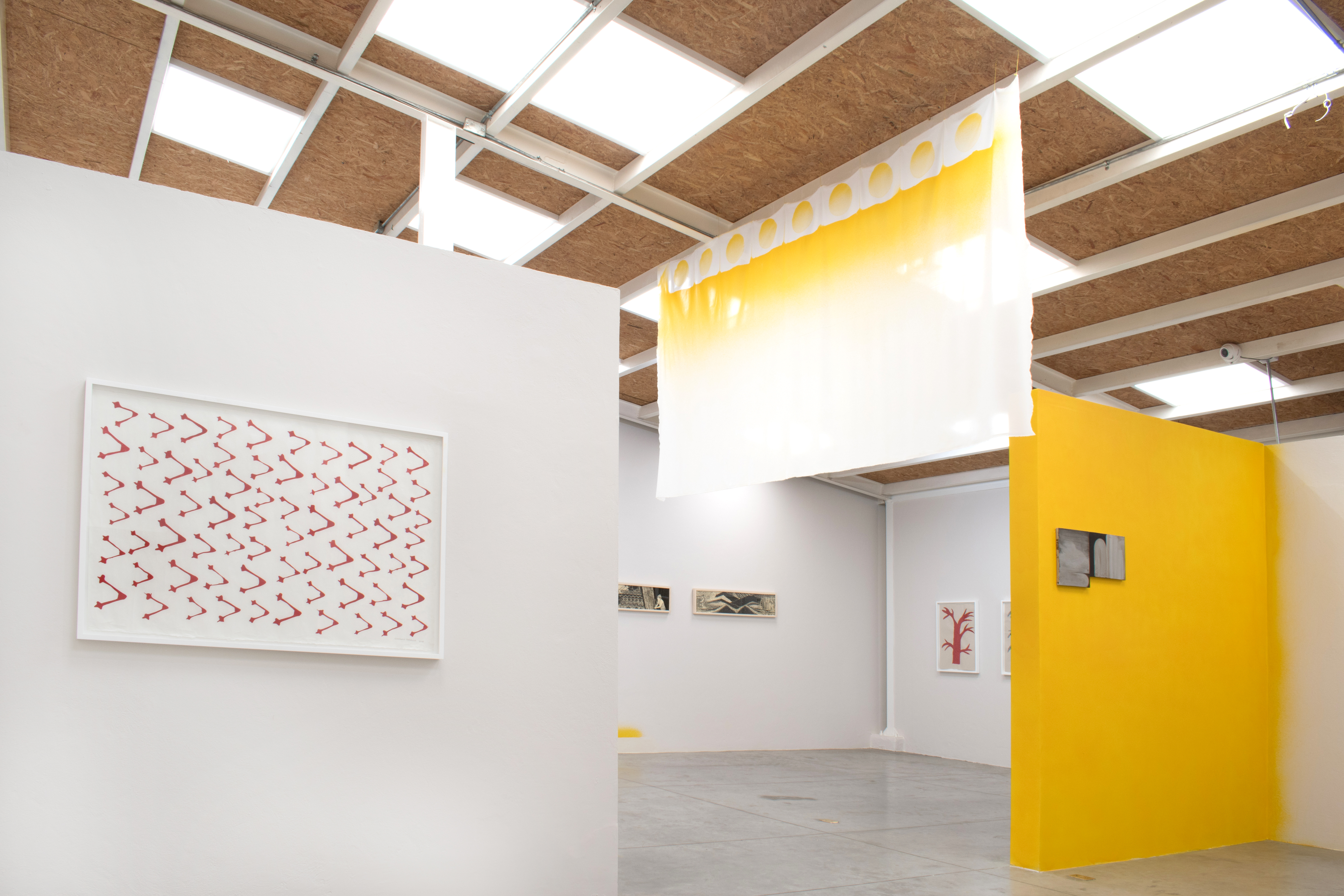
Cuando Entras y Sales. Ph Sofía Toscano
Cuenta Sheroanawe, que en la selva, cuando un árbol muere de causas naturales, es decir, que cae por la lluvia, el viento o por viejo, su tronco se cubre con hongos muy nutritivos y hermosos. Cuando un árbol es talado con hacha o con motosierra, su cuerpo se pudre sin generar ningún organismo nuevo. De la muerte surge una nueva vida, que se perpetua en alimento que nutre otros cuerpos y así se mantiene el equilibrio.
Los dibujos de Sheroanawe dan cuenta de un momento estable, de lugares que permanecen en constante cambio y sin embargo no perecen ni se inmutan. También dan cuenta de la sutileza de los sistemas en que la vida y la muerte pueden habitar simultáneamente en un cuerpo.
Cuando entras y sales, dice Sebastián Fierro, el cuerpo se detiene, pues no habita en un lugar permanente y asíimpide que el espacio y el tiempo impongan sus dogmas. Ese lugar en medio, siguiendo esta lógica, puede entenderse como un lugar opaco que permite ver dos espacios coexistentes. Adentro y afuera habitan un mismo lugar, de igual manera que la vida habita en el tronco muerto de un árbol.
Los dibujos de María Isabel Rueda, concebidos en Montes de María, sugieren un paisaje cósmico en el que el firmamento, la naturaleza, el arte y la mujer fluyen en un recorrido místico y poético. Las estrellas se convierten en pensamiento femenino que se transforma en tejido que se inspira en el ritmo de las montañas y las transporta a la vida. La mujer que se vincula con la imagen de la araña que teje arquitecturas mortales, que genera un hogar que al final también es una trampa y un mapa, se manifiesta en esta obra como un ser expandido
rain, wind or old age: its trunk will be covered with nutritious and beautiful fungi. When a tree
is felled with an ax or chainsaw: its body rots without generating any new organisms. From
death a new life arises, which is perpetuated in food that nourishes other bodies and thus a
balance is maintained.
His drawings depict a stable moment of places that are constantly changing, except they
never die, nor do they transform. What they do is depict the subtlety of the systems where
life and death can live simultaneously in one body.
When you enter and leave, says Sebastián Fierro, the body stops. It does not live in a
permanent place, therefore preventing space and time from imposing its dogmas. Following
this logic: that place in the middle can be understood as a murky area that allows two
coexisting spaces to be seen. Inside and outside they inhabit the same location, just as life
lives in the dead trunk of a tree.
María Isabel Rueda’s drawings, conceived in Montes de María, suggest a cosmic landscape
in which the sky, nature, art and women flow together in a mystical and poetic journey. The
stars become feminine thought that transforms into a fabric that is inspired by the rhythm of
the mountains and transports them to life. The woman who is linked to an image of a spider:
weaving mortal architectures, generating a home that is both a trap and a map, manifesting
itself in the work as an expanded being.